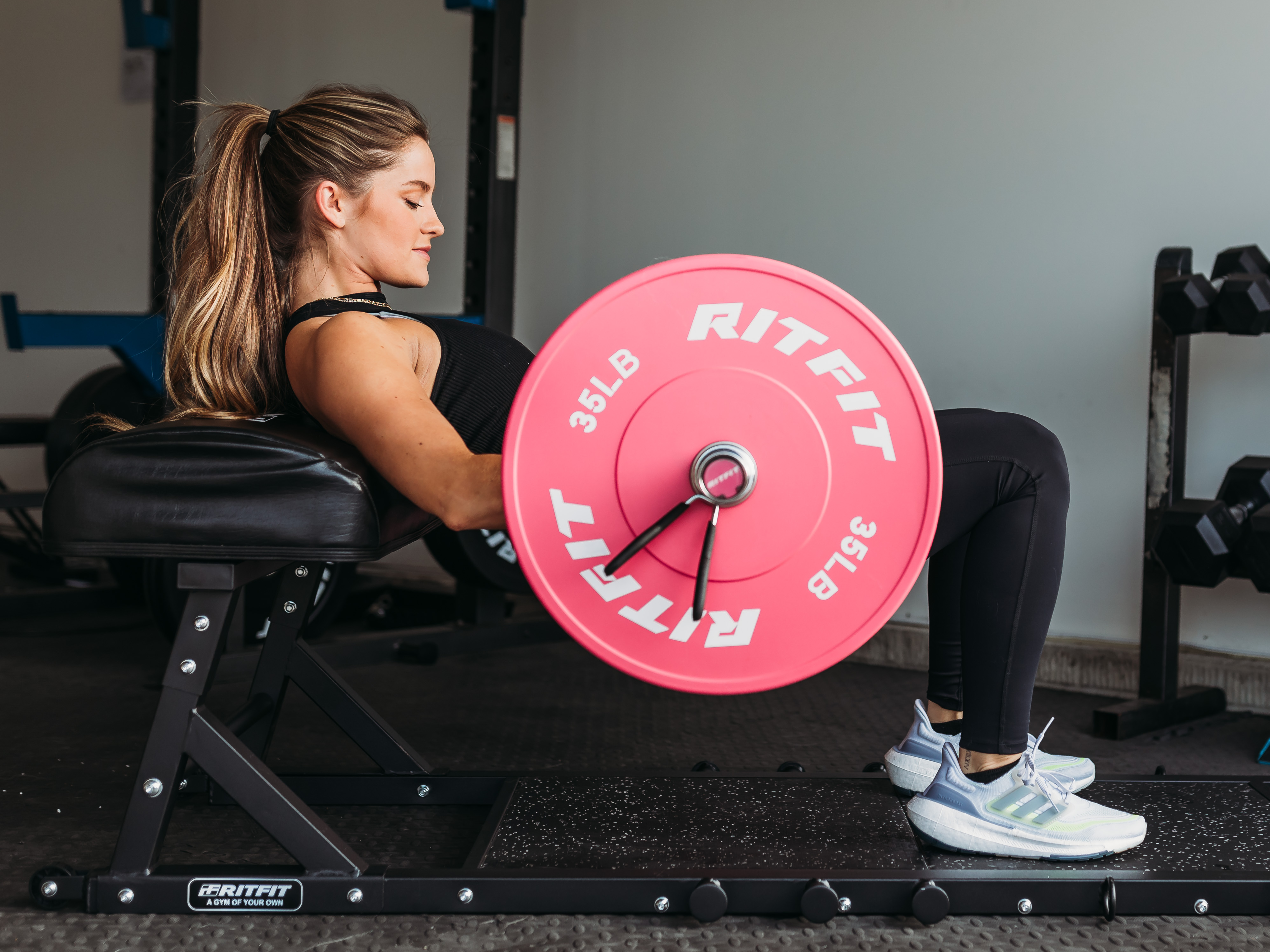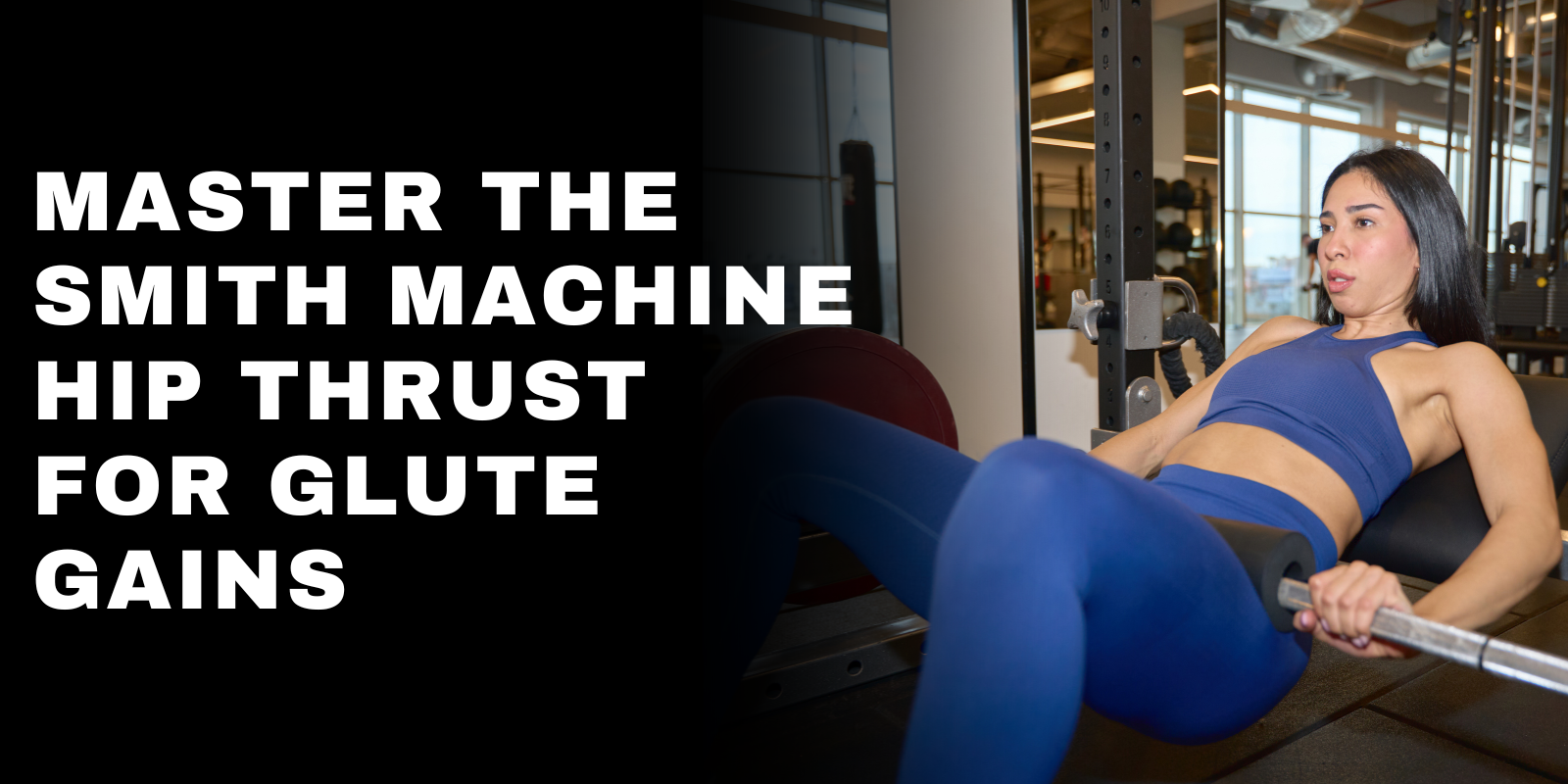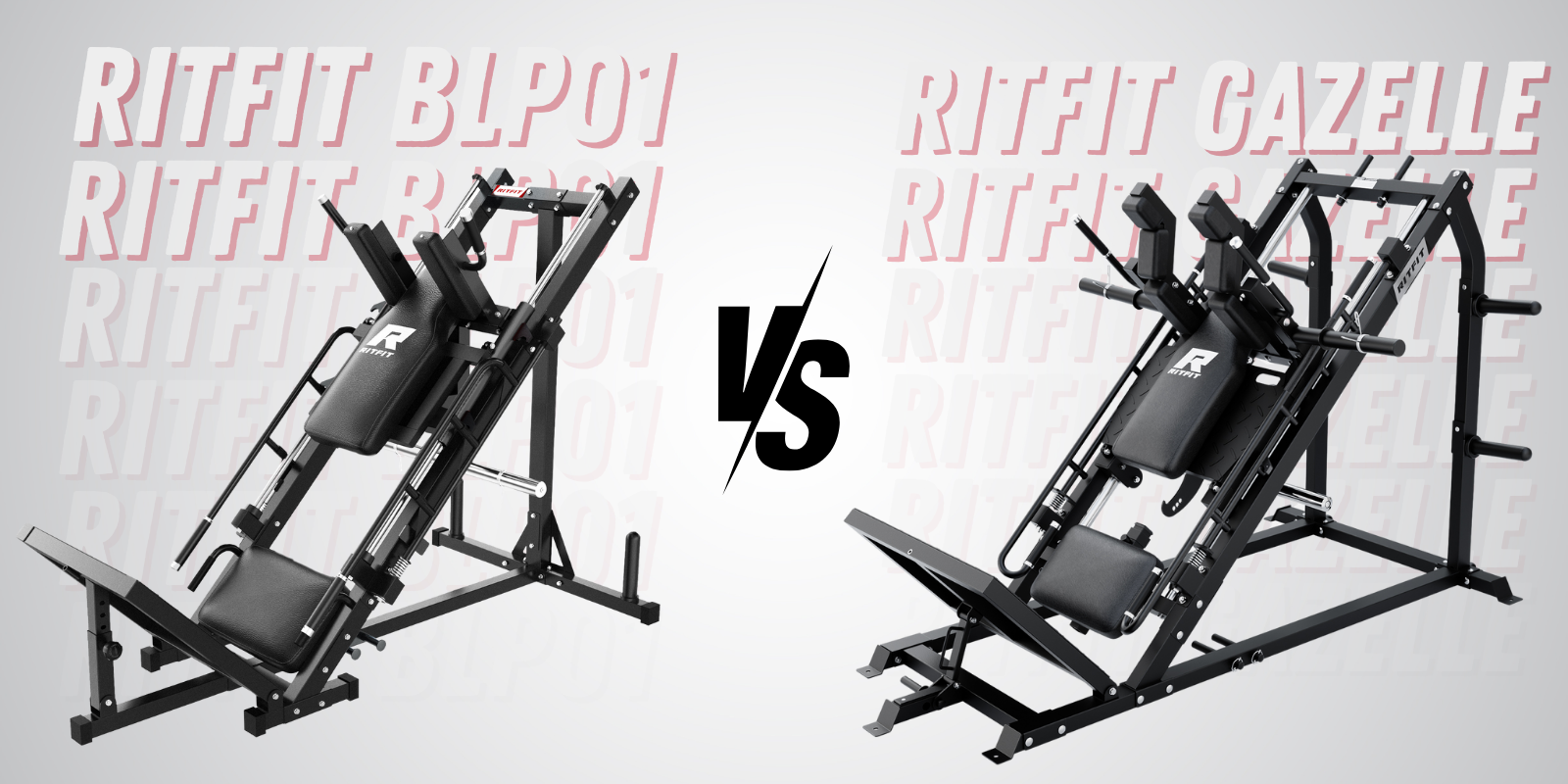It’s getting to be that time of year again.
Every aisle of the grocery store seems to be filled with some gluttonous, chocolatey treat and who hasn’t been offered a cream-filled Easter egg (or ten), yet?
There are a lot of sweet treats floating around and as Easter Sunday draws closer, you just know there are about to be a lot more.
As exciting as the holiday can be, if you’re one to count calories, it can be a bit stressful…and even feel a tad overwhelming. Is it really possible to moderate delicious gluttony?
If you’re solely counting calories, we hate to break it to you, but it ain’t gonna be easy. However, if you have an idea of the macronutrient compositions of your prospective Easter meals, you’ll have a much better shot at enjoying a tasty and sensible holiday.
If you’re stuck in the former category, don’t worry! Our focus today is all about discussing tracking macros vs calories. With just a little knowledge on the topic, you’ll be ready to enjoy your tastiest and most guilt-free Easter yet!
Macros vs Calories Basics
To get straight to the point, we want to emphasize that while there is nothing inherently wrong or bad about counting calories, doing so only paints a partial picture of what we’re consuming, how it makes us feel, and how it affects our health.
Have you ever wondered why bodybuilders consume protein-enriched drinks as opposed to drinking cola drinks with similar amounts of calories? Protein shakes support muscle growth and recovery much better than the simple carbohydrates in the cola.
There just has to be more to food than its calorie content, don’t you think?
We don’t want to do a deep dive into macros in this article (check out a more thorough breakdown of an effective macronutrient diet here), but you should be aware of the three macronutrients present in everything we consume:
- Carbohydrates: the body’s main source of short-term energy; each gram contains 4 calories.
- Protein: best known for its muscle-building capabilities; each gram contains 4 calories
- Fat: pivotal for regulating proper hormone functioning: each gram contains 9 calories
No two people are the same and we all have different macronutrient needs. However, a 40-30-30 split (where 40 percent of our total calories come from carbohydrates, 30 percent from protein, and 30 percent from fat) is an excellent balance to start with. For a hypothetical, 2,500-calorie-per-day “diet”, this would amount to consuming roughly 250 grams of carbohydrates, 188 grams of protein, and 83 grams of fat.
Knowing a little bit more about the relationship between macros and calories, let’s apply this knowledge to some of our Easter favorites
Macros vs Calories - Easter Basket
Everybody loves rushing downstairs on Easter morning to inspect their Easter baskets for all of the goodies left overnight. A universal fan favorite is the classic chocolate bunny and as much as we love them, most people would agree that these aren’t the healthiest treats out there.
Looking at the total calories (1920) for a 14-ounce, Hershey’s chocolate bunny, consuming just one would put you well on your way to consuming your total calories for the day! However, the 120 grams of fat you’d consume most certainly exceeds your daily target while the 240 grams of carbohydrates are probably close to an entire day’s target for this macro. In contrast, you’d only get 24 grams of protein, a very small amount considering how many total calories you would have consumed.
Brushing your bunny aside (for the moment!) you notice a few packages of Peeps. These marshmallowy treats aren’t as adored as chocolate bunnies are, but their macronutrients are a little bit more reasonable. A typical package has 5 “chicks” which together add up to 140 total calories. They provide scant values of both fat (0 grams) and protein (1 gram), but their high sugar content results in their providing 34 grams of carbs. Thankfully, for most people, it’s harder to get carried away with Peeps than it is with chocolate bunnies.
As you can probably start to see, there are some discrepancies between total calories and macronutrients in common Easter basket treats, and at this point, you should be focusing on two things:
- Moderating your Easter basket treat intake
- Consuming an Easter dinner that is high in protein
We don’t want to spoil your fun but consider limiting yourself to 1/4 of your chocolate bunny and 2 packs (10 total “chicks”) of Peeps. If you can handle this, we can help you whip up a tasty high-protein Easter dinner.
Macros vs Calories – Easter Dinner
So, you followed our advice: you limited your chocolate bunny and Peep intake, managed to avoid a massive sugar bomb, and still have some calories, specifically protein, to work with for Easter dinner.
You’ve practiced moderation and are about to be rewarded for your efforts!
Turkey doesn’t need to be served only on Thanksgiving and, if you grew up in a household like ours, you’ve enjoyed your fair share of this lean meat on numerous Easter Sundays.
What makes a turkey dish an especially good Easter dinner choice is its incredibly high protein composition relative to its fat and carbohydrates (every ounce of turkey breast contains approximately 177 calories, 24 grams of protein, 4 grams of fat, and 0 carbohydrates). Protein definitely wins out in this macros vs calories showdown!
…and if plain turkey is a little too bland for your tastes, consider adding some light maple syrup, olive oil, bacon, and vegetables and treating yourself to a couple of servings of glazed bacon-wrapped turkey breast. Your taste buds will be assaulted with magnificent festive flavors while each 6-ounce serving will only add roughly 20 carbs and 16 grams of fat, as well as a whopping 56 grams of protein (totaling 450 total calories) to your daily intake.
Depending on how much bunny and how many Peeps you had earlier, after a few servings of turkey, you may even be able to enjoy a little more for a well-deserved Easter dessert!
Enjoying a Macro-friendly and Calorie-friendly Easter
Depending on your previous experiences with dietary terminology and concepts as well as with Easter candy, you may have learned a thing or two about both topics today.
We’ll be the first to admit that Easter doesn’t seem quite as fun when you’re more aware of the macros vs calories breakdown of common holiday delicacies. However, having a better idea of how to enjoy the holiday in moderation will definitely do wonders for your healthy lifestyle goals, both on Easter Sunday and beyond.
If you’d like to learn more about ideal macronutrient ratios and how you can use them to better plan for your Easter feast (and subsequent snackings!) check out our article on the 40-30-30 macro diet…the best starting point for anyone interested in achieving dietary balance!








